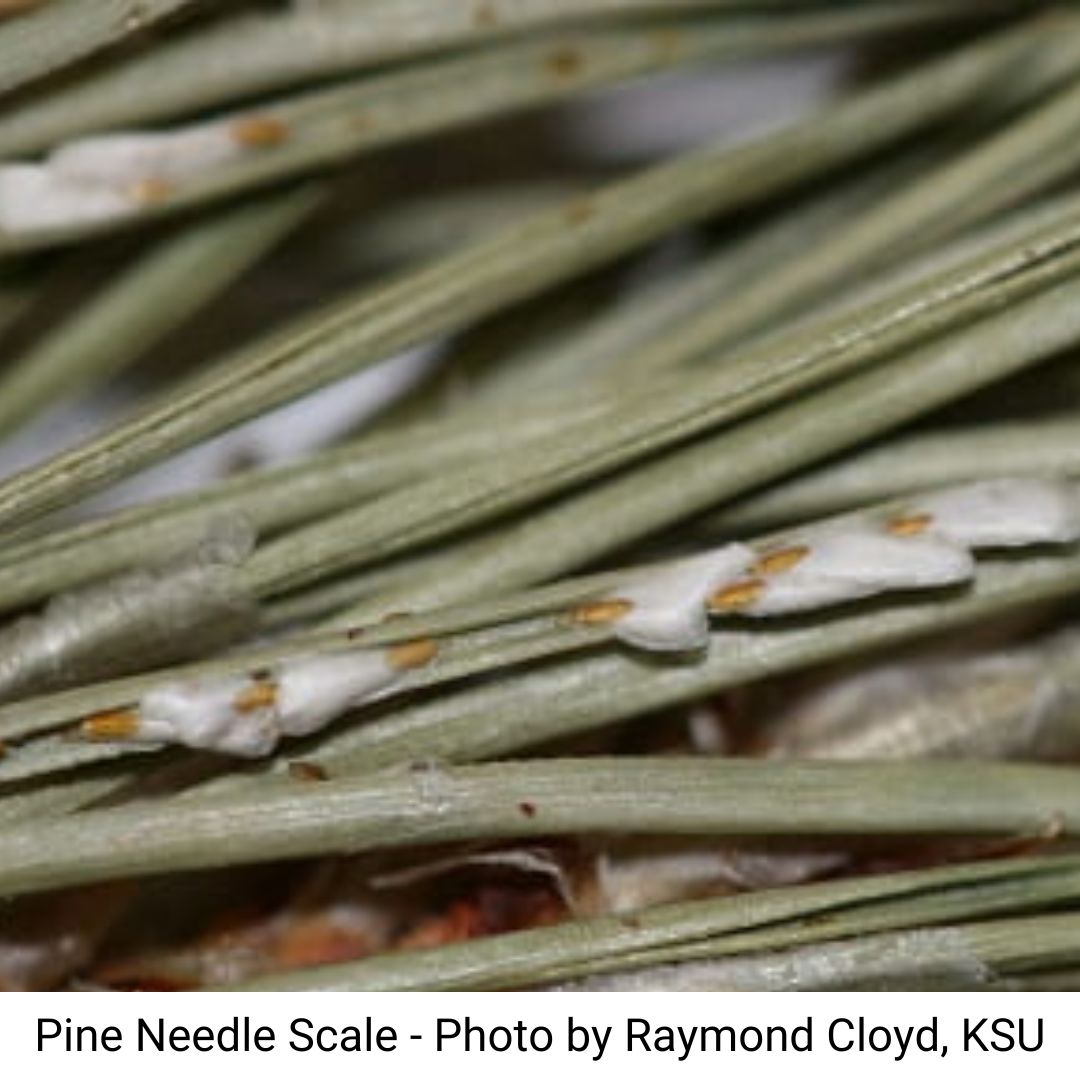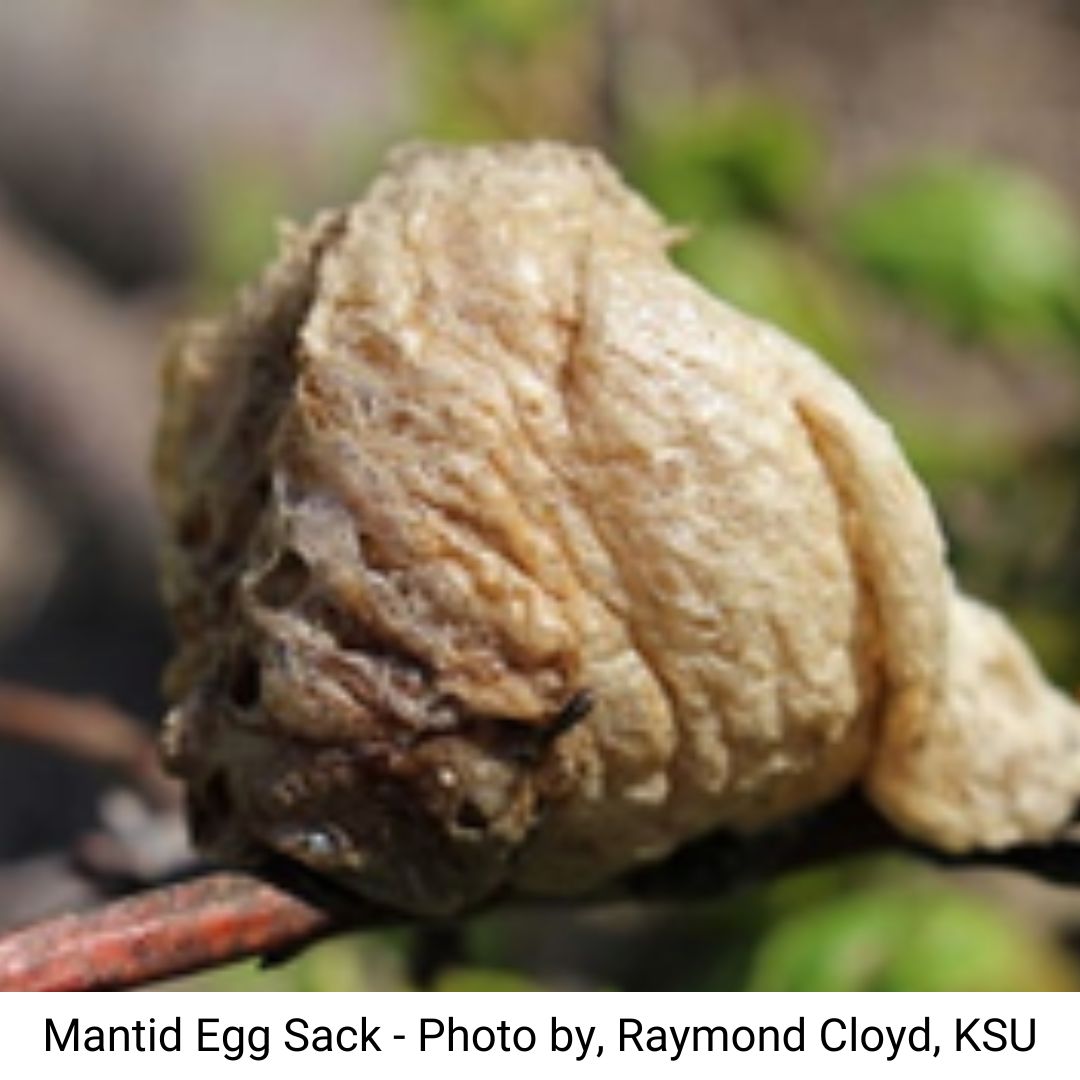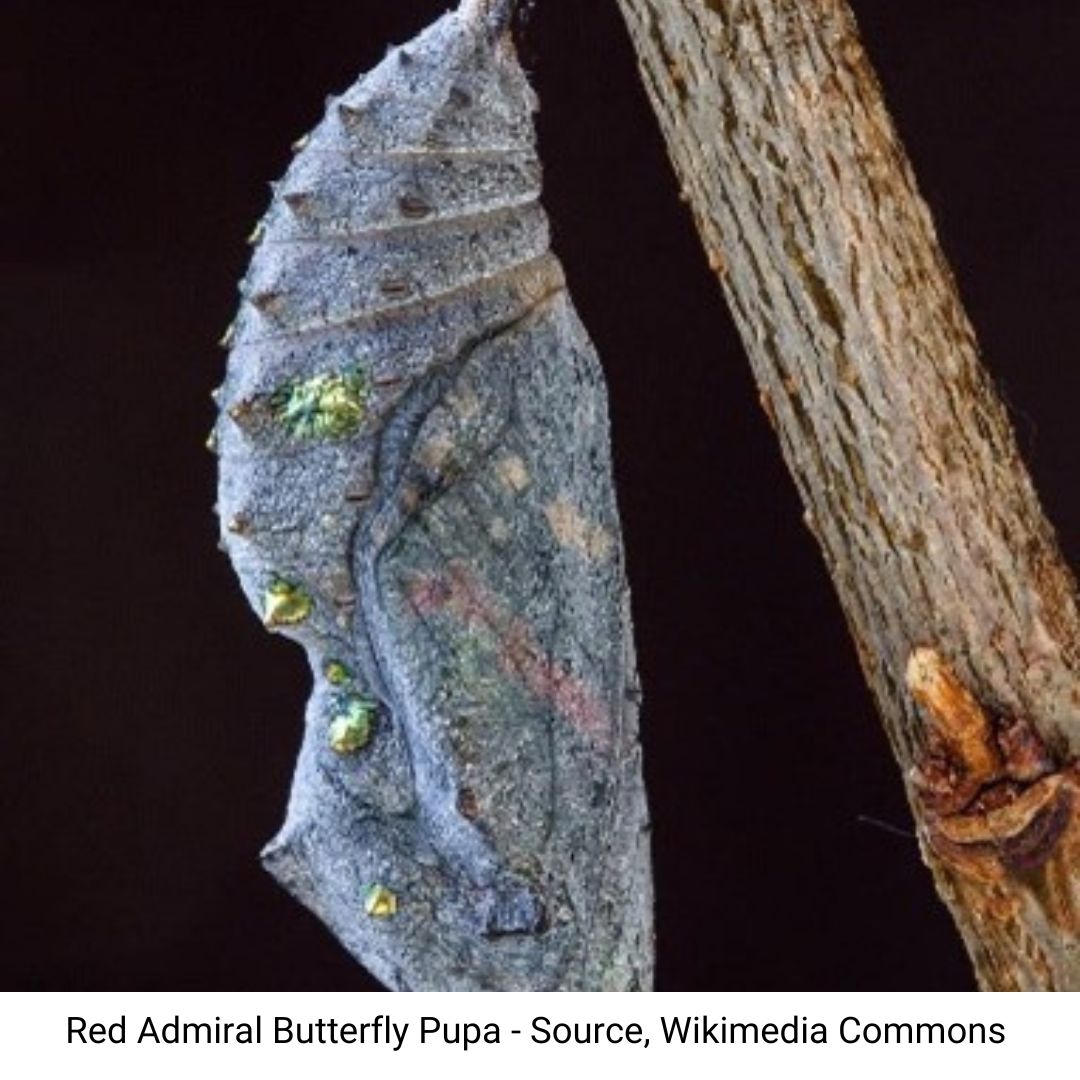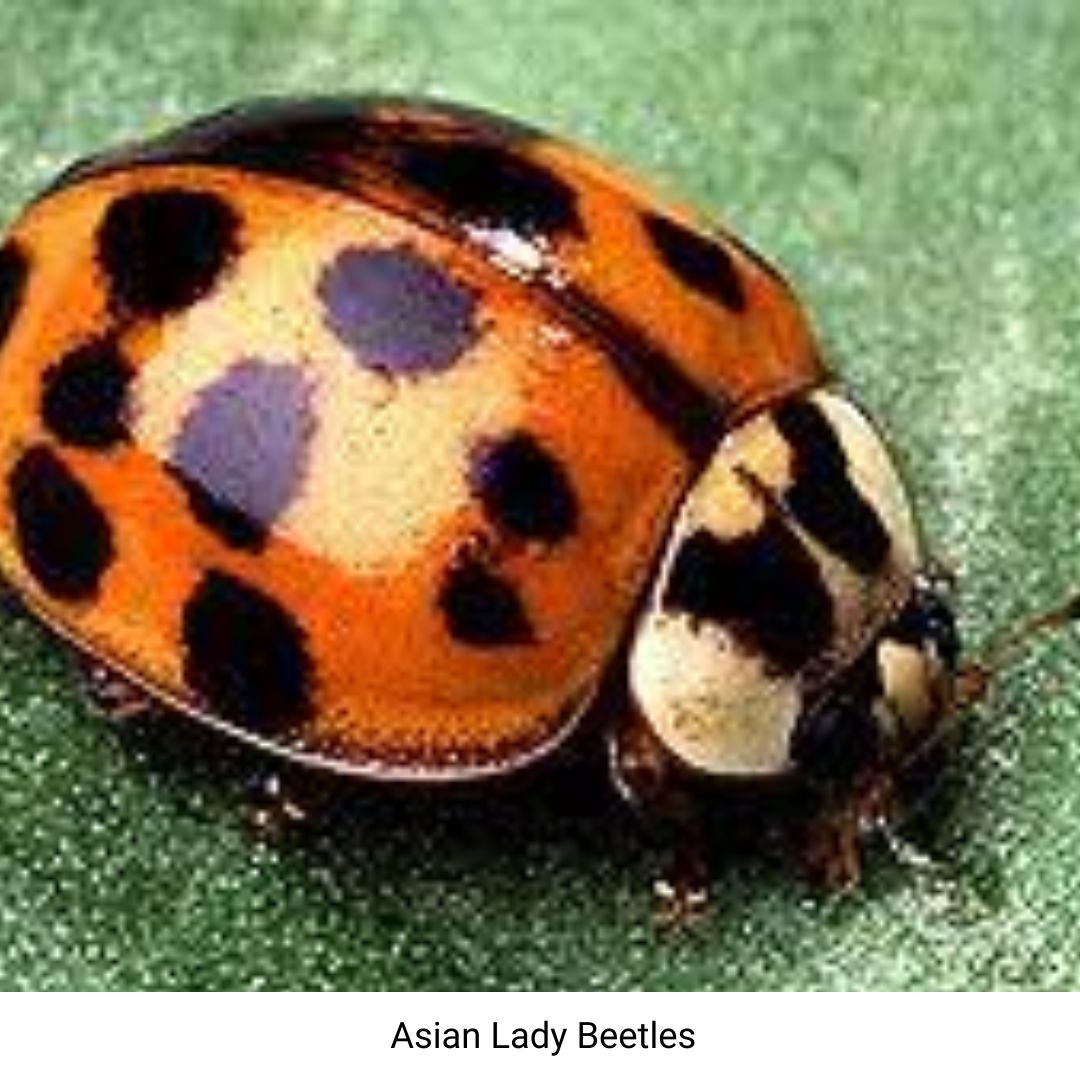Where do the insects go during the winter?
Sharon Ashworth
Horticulture & Natural Resources Agent
Insects survive winter in all stages of their life-cycles using multiple strategies. Some adult insects migrate south, such as the monarch and painted lady butterflies, many spend the winter as adults, pupae or eggs buried in the soil or sheltered in plant debris, and a few may seek shelter in your home.
Overwintering strategies are employed by beneficial insects as well as those we regard as pests, so a general rule of thumb is to clean up your vegetable and fruit gardens but leave your perennial beds for the benefit of insects and wildlife. One caveat to this general rule is to move thick layers of leaves off your groundcovers.
Garden pests

While it is a good idea to put mulch on your garden beds (or use a cover crop) and around your fruit trees for the winter, make sure you have removed any remaining plant debris and weeds before you do. Adult squash bugs, asparagus beetles, and stink bugs all overwinter in plant debris. Cabbage worm pupae and aphid eggs are also found in plant debris. Codling moth cocoons can be found in leaf litter or sheltering under the bark of apple trees.
Several of our most difficult pests find shelter by burying in the soil, including Japanese beetles (larvae), Colorado potato beetles (adults), grasshoppers (eggs), and squash vine borers (pupae).
Scales overwinter on the twigs of their preferred host trees and shrubs. Hard scales overwinter as eggs under the shell of their mothers while soft scales overwinter as adults or nymphs.
Beneficial insects
All life stages of beneficial insects can be found overwintering in the soil, in the leaf litter, and attached to or inside the stems of your perennial plants. These insects not only provide pollination and predation services come spring and summer, they can be a winter food source for birds and mammals.
Praying mantid egg sacks (ootheca) can attach to vegetation, fences, walls, or under the eaves of your house. Lady beetle adults cluster in groups in piles of leaves, in bark crevices, or in buildings. Butterflies can overwinter as hibernating adults beneath loose bark or in wood piles (Question Mark and Eastern Comma), as eggs attached to stems and twigs (hairstreaks), as newly hatched caterpillars that wait for spring at the base of host plants (Great Spangled Fritillary), and as mature caterpillars and pupae rolled into leaves or sheltering in seed pods (skippers and swallowtail).
 |  |
Taking shelter with you
Boxelder bugs and Asian lady beetles will often congregate in buildings to overwinter. They don’t breed or cause damage, but on warm winter days may fly about the house looking for an exit. Take care not to squash the Asian lady beetles as they emit a yellow-orange liquid (blood) that smells bad and can stain walls and furniture. To get rid of box elder bugs and lady beetles, simply vacuum them up and dispose of the bag outside the home.
Source: https://www.ksre.k-state.edu/news/stories/2016/11/asian-lady-beetles.html
References
K-State Research and Extension
Univ. of Minnesota Extension
Univ. of Nebraska Extension
Univ. of Wisconsin Extension
Xerces society
